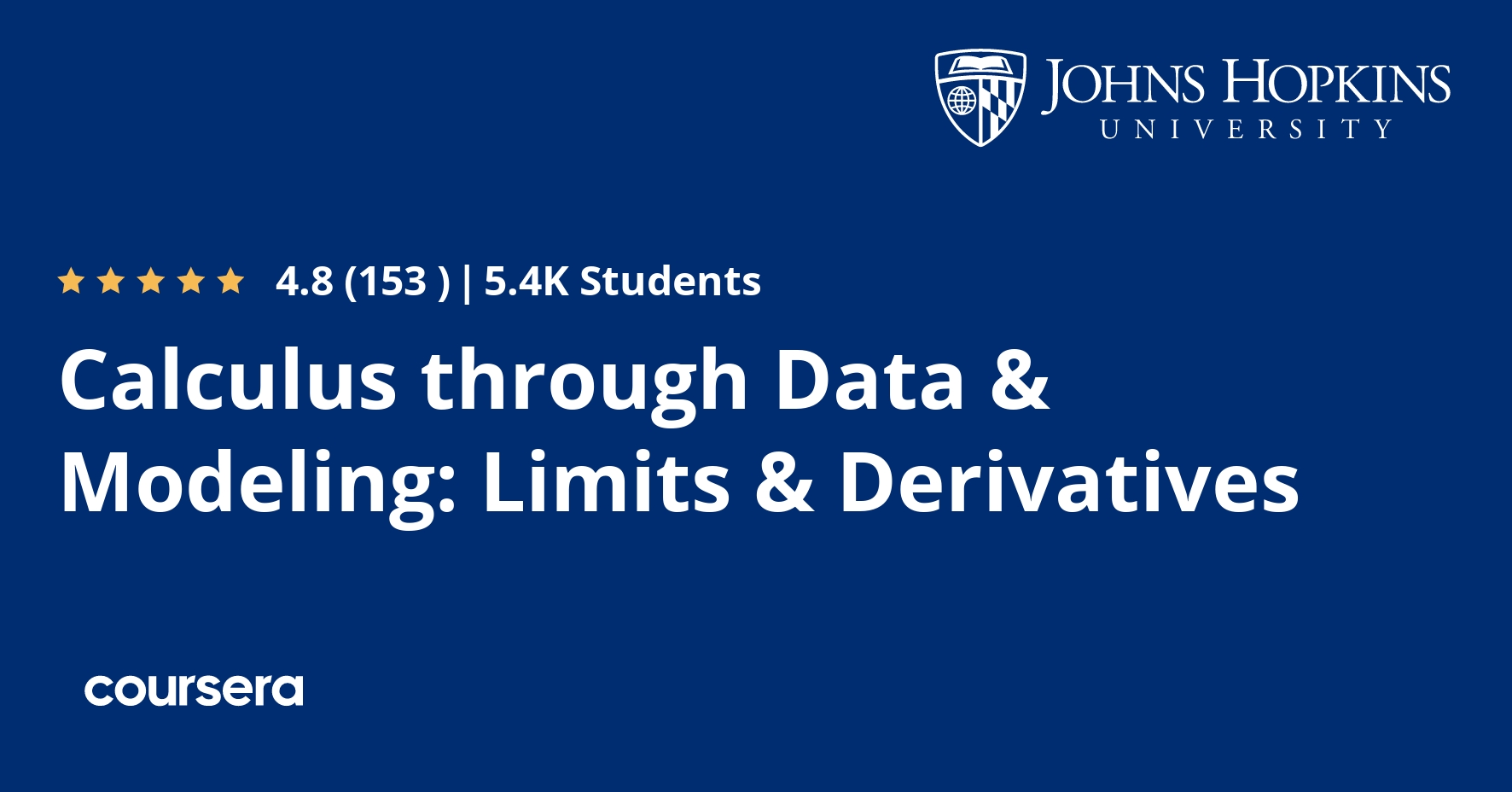Description
This first course on concepts of single variable calculus will introduce the notions of limits of a function to define the derivative of a function. In mathematics, the derivative measures the sensitivity to change of the function. For example, the derivative of the position of a moving object with respect to time is the object’s velocity: this measures how quickly the position of the object changes when time advances. This fundamental notion will be applied through the modelling and analysis of data.
What you will learn
The Limit of a Function
One of the goals in studying Calculus is to analyze rates of change and movement. In this module, we introduce the central ideas which will help us achieve this goal: the notions of the limit and the derivative. Rather than evaluating a function at a single point, the limit allows for the study of the behavior of a function in an interval around that point. In this module, you will find limits of functions by a variety of methods, both visually and algebraically. Finally, we will apply limits to define the key idea of Differentiable Calculus, the derivative.
The Limit Laws
Using calculators or graphs is an imprecise way to find the limit of a function. In this module, we will state and use algebraic properties of limits, called the Limit Laws, to calculate the exact values of limits. A solid understanding of these laws will allow us to derive theorems which in turn can be used to study the behavior of more advanced functions.
Continuity
In the last module, there were several types of functions where the limit of a function as x approaches a number could be found by simply calculating the value of the function at the number. Functions with this property will be called continuous and in this module, we use limits to define continuity. We will see that the mathematical definition of continuity will correspond closely with the English meaning of the word continuity used in every day language.
Limits at Infinity
In this module, we allow for x to become arbitrarily large in the positive or negative direction to understand the end-behaviors of functions. This will allow for the formal definition of a horizontal asymptote and to provide classifications of end-behavior of certain types of functions.







